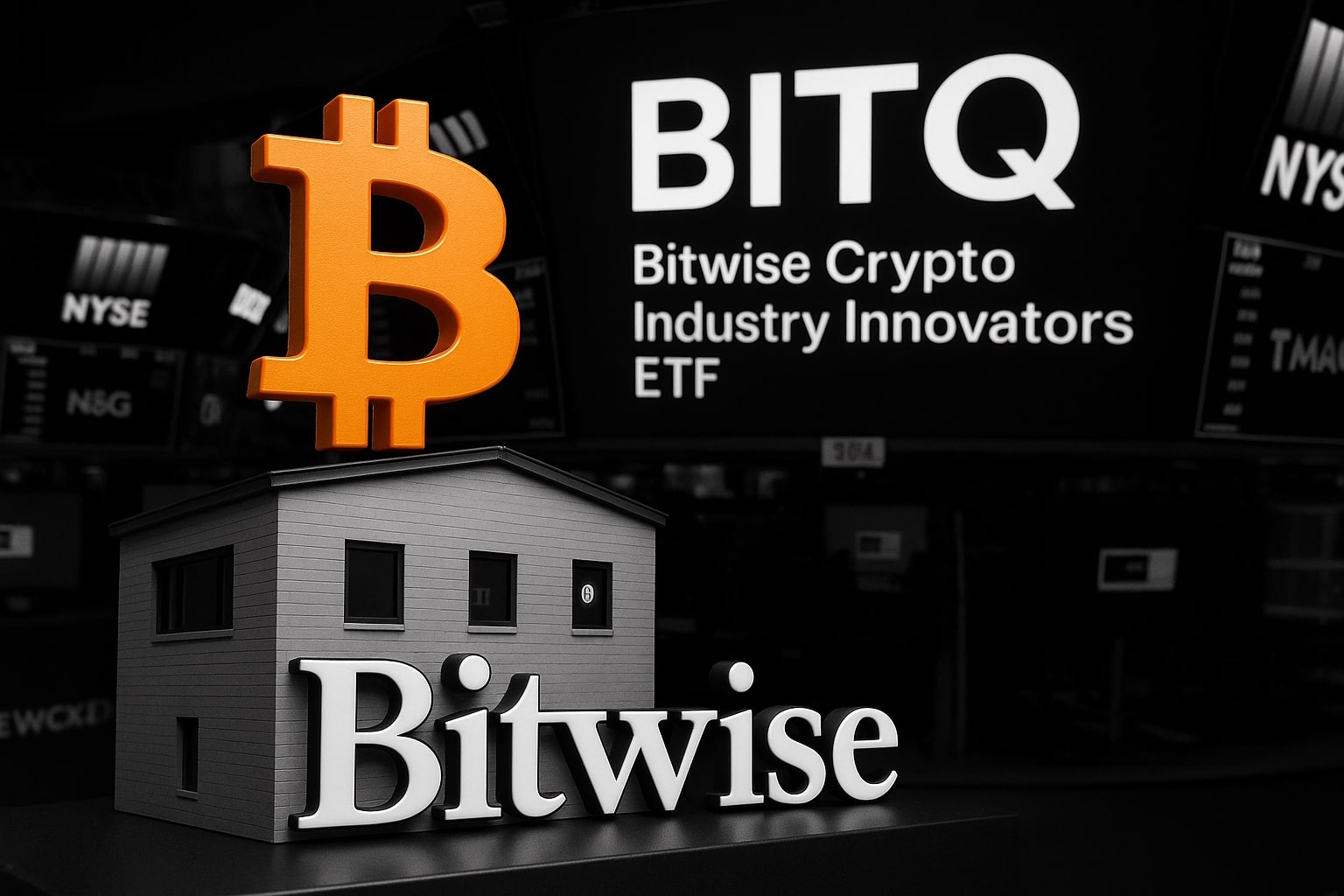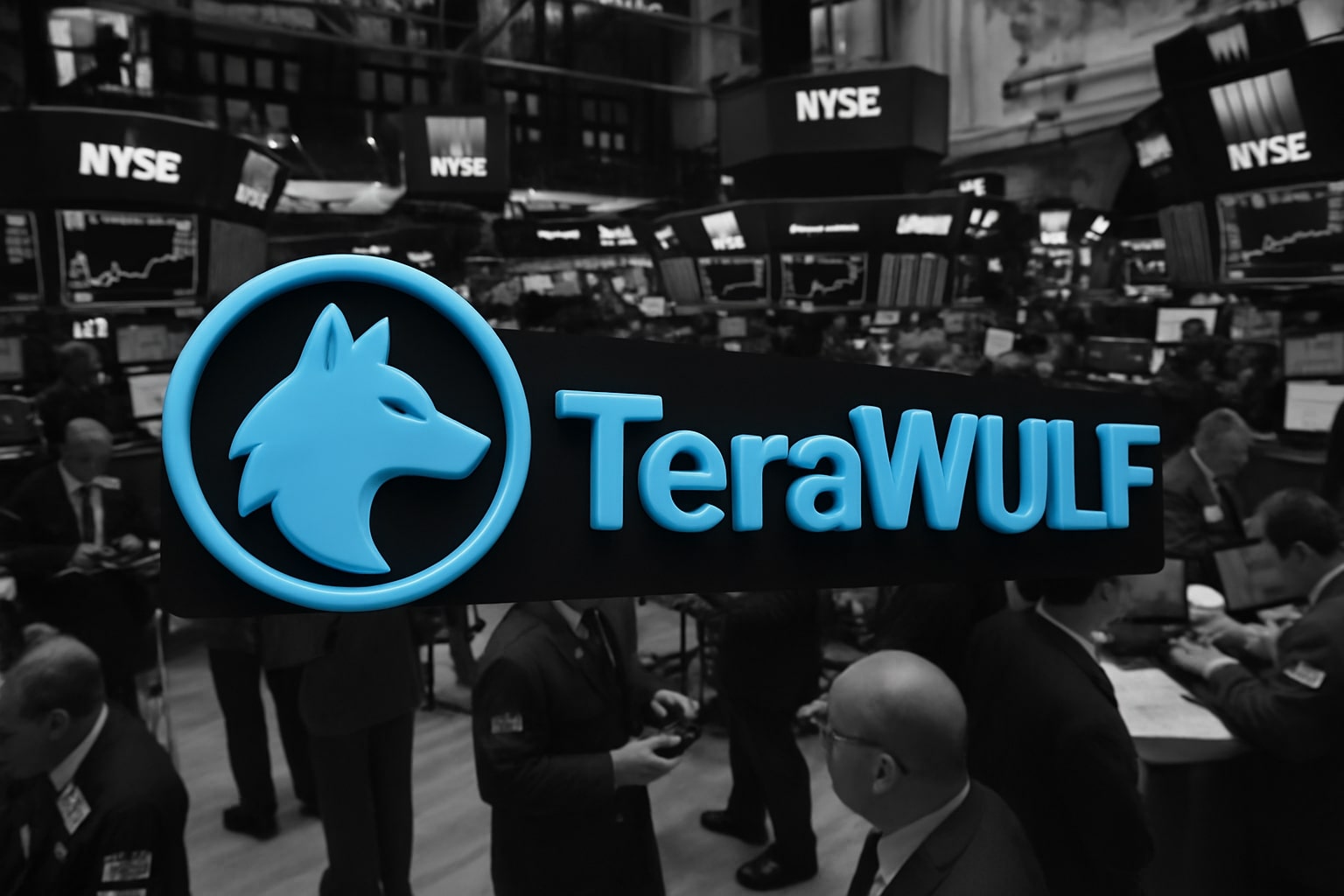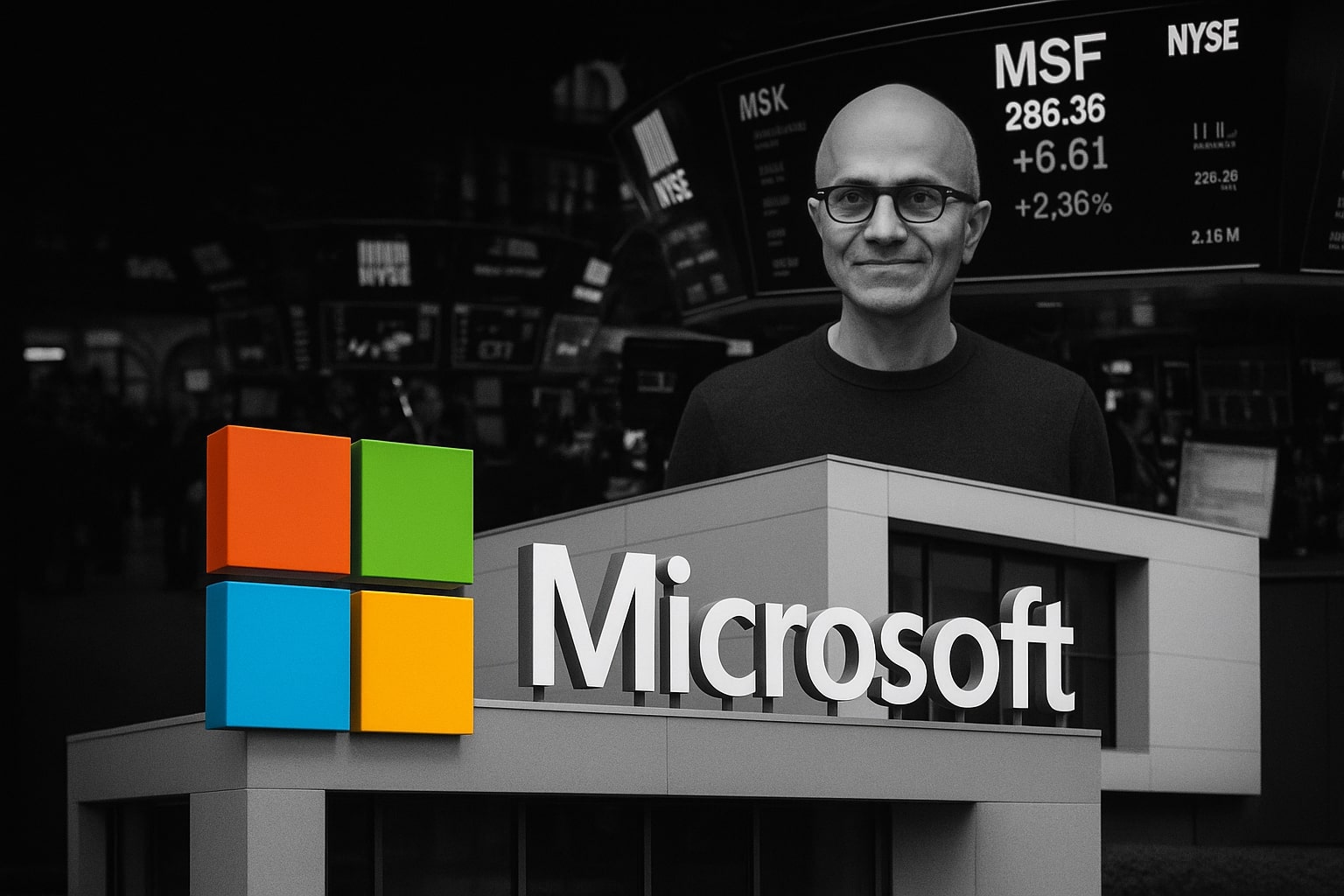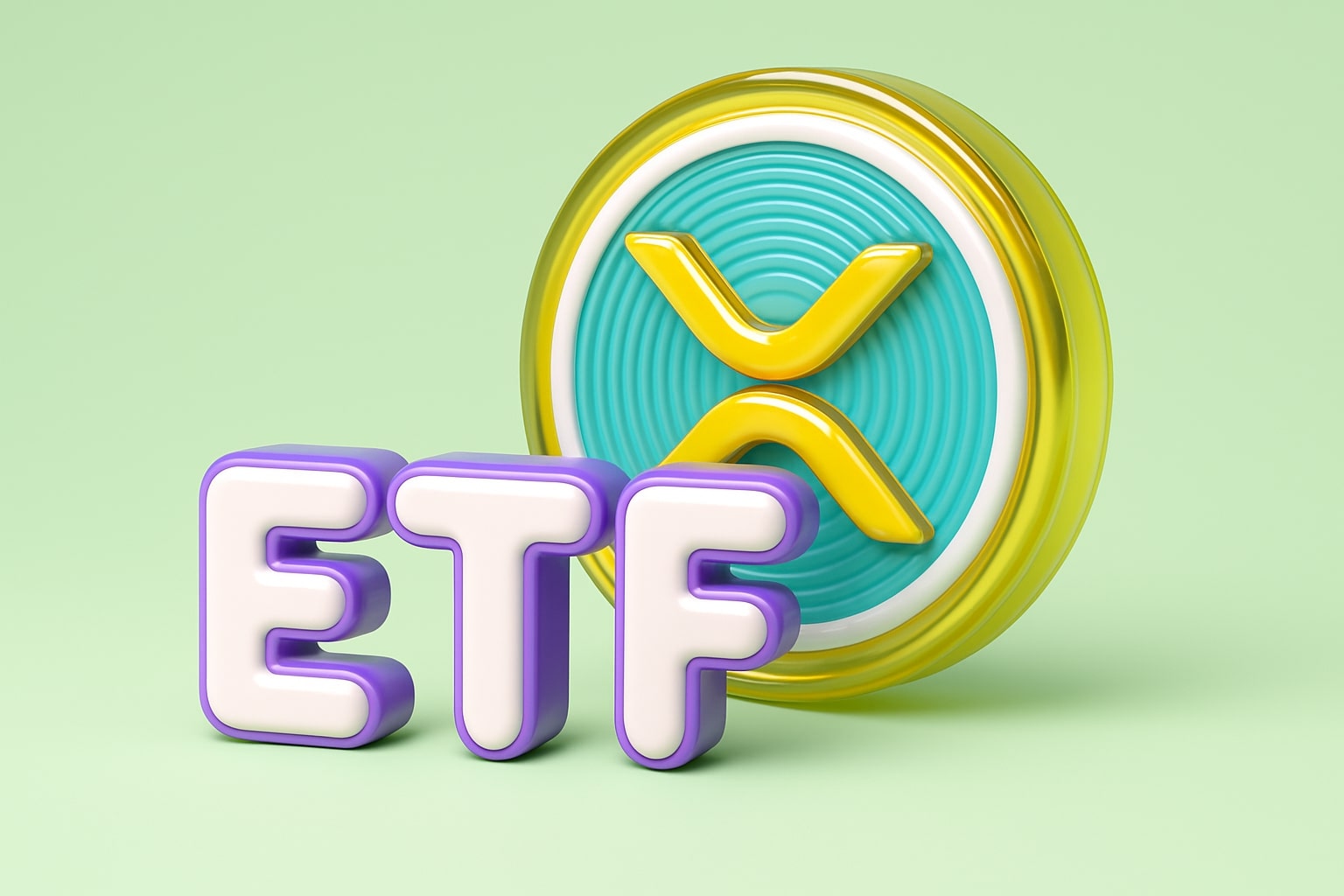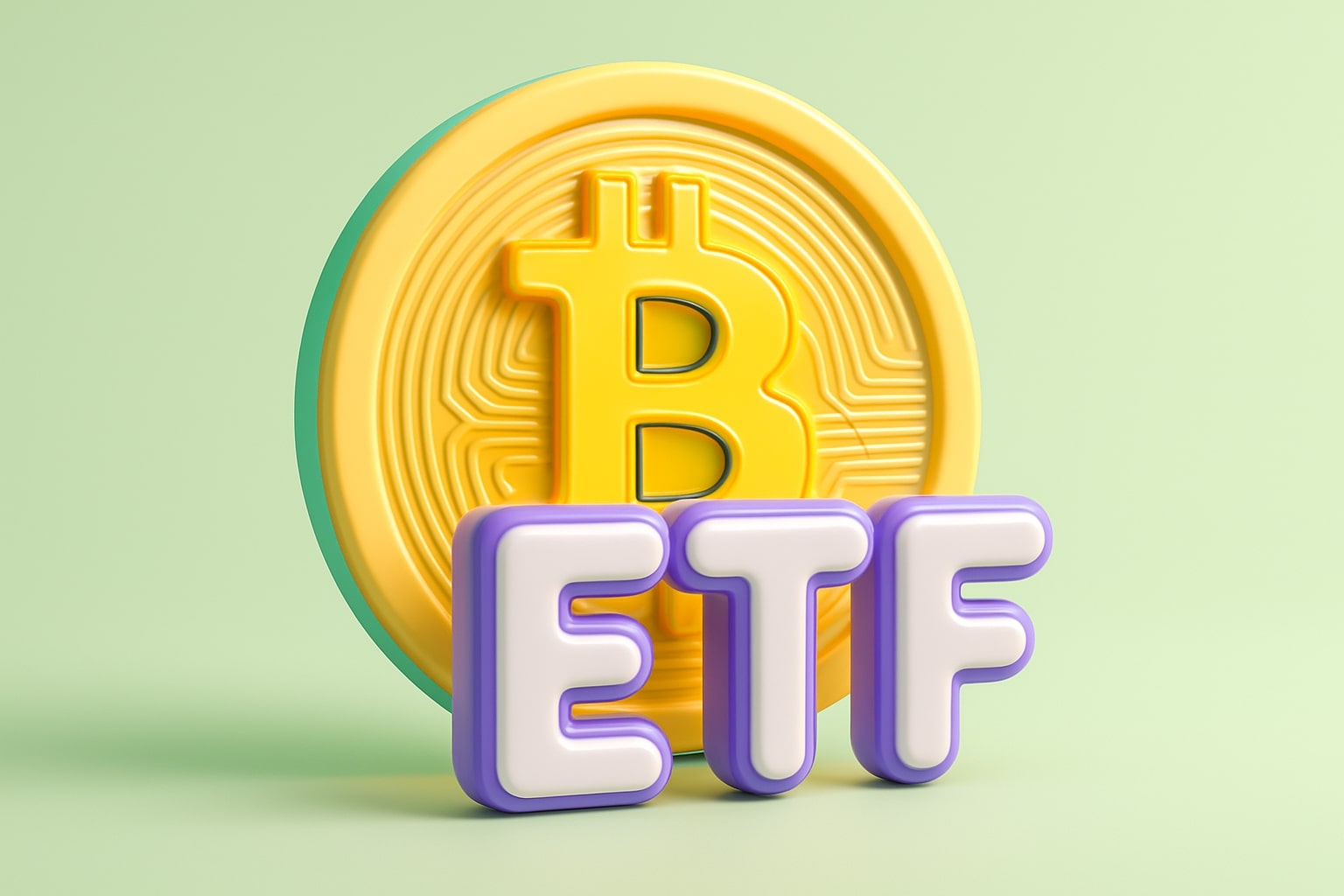
Intel NASDAQ:INTC Powers Higher To $20.12 As AI PCs And Foundry Hopes Trigger A Fierce Rally
With institutional buyers circling and 100M AI PCs shipping by FY2025, is NASDAQ:INTC stock heading for $30? Intel’s 18A chips, Gaudi 3 accelerators, and cost cuts are driving a high-stakes comeback | That's TradingNEWS
Intel NASDAQ:INTC Poised For AI Renaissance As Cost Discipline Drives Institutional Interest
NASDAQ:INTC Stock Rebounds To $20.12 With Strong Upside Potential
NASDAQ:INTC closed Tuesday at $20.12, extending its gradual recovery since bottoming below $20 in Q2 2024. Institutional buyers appear to be positioning early, betting on Intel’s operational turnaround under CEO Lip-Bu Tan. Recent trading shows increasing strength relative to broader indices, suggesting that big money is beginning to rotate back into Intel after years of underperformance.
Lip-Bu Tan’s Leadership Reshapes Intel’s Cost Base And Culture
Intel’s new CEO Lip-Bu Tan, formerly of Cadence Design Systems (CDNS), is rapidly reshaping the company’s cost structure and internal culture. His tenure at Cadence saw the stock surge over 3200%, a record that investors are closely watching. Now at Intel, Tan is flattening leadership layers and driving leaner decision-making. Intel is targeting $2 billion in CapEx reductions this year alone, with FY2025 CapEx capped at $18 billion, while SG&A savings are also scaling. The clear goal is to free up cash flow — which Intel expects to trend sharply higher over the next several quarters.
Free Cash Flow Inflection Point Within Reach As Margins Recover
Intel’s improving operational discipline is already showing early signs of restoring free cash flow (FCF). While Q1 FY2025 still showed a $2.3 billion operating loss in Intel Foundry Services, management is confident this will stabilize as the 18A process matures. Moreover, company-wide OPEX is trending down — a rare bright spot in an industry where inflationary pressures remain stubborn.
Analysts estimate Intel could deliver $0.81 per share in FY2026 earnings, though many bullish investors expect that to be beaten by 25%, mirroring Q1’s surprise. If Intel can hit an EPS closer to $1.00/share, the stock could trade between $25.30 and $30.40 at 25x-30x forward earnings — offering 14.6% to 37.5% upside from current levels.
AI PC And Windows 10 Cycle Drive Client Segment Resurgence
On the client side, Intel is finally capitalizing on several tailwinds. The Windows 10 end-of-service cycle is forcing enterprise and consumer PC refreshes, with Intel projecting PC TAM to grow 3% to 5% this year. More importantly, Intel expects to ship over 100 million AI PCs by the end of FY2025, anchored by its Core Ultra processors: Meteor Lake, Arrow Lake, Lunar Lake, and the forthcoming Panther Lake on 18A.
This AI PC narrative could be a game-changer for Intel, giving it relevance in an industry narrative that has been dominated by NVIDIA (NASDAQ:NVDA) and Advanced Micro Devices (NASDAQ:AMD). With a broad product roadmap and scale, Intel could surprise to the upside here if the AI PC refresh cycle gains momentum.
Panther Lake And 18A Process Represent Intel’s Technological Pivot
Intel’s 18A process — featuring RibbonFET and PowerVia — is central to its bid to reclaim foundry leadership. Panther Lake, slated to begin production in late 2025 with volume supply in early 2026, will be Intel’s first major 18A-based product. If yields are strong and costs are managed, this node could finally deliver on Intel’s years-long promise to match or exceed TSMC (NYSE:TSM) on advanced process technology.
This is not just about winning back CPUs. Intel’s ability to attract external foundry customers like QUALCOMM (NASDAQ:QCOM) and potentially NVIDIA and Arm (NASDAQ:ARM) will define the success of Intel Foundry Services. Success here could lift Intel’s multiple and drive substantial revenue diversification by the end of this decade.
Gaudi 3 AI Accelerators Offer Cost Advantage, But Nvidia Dominates AI Training
Intel’s acquisition of Habana Labs and its Gaudi 3 accelerators offer a credible alternative in certain AI inference markets. Amazon Web Services (AWS) is already an early adopter. However, Nvidia’s H100 ecosystem remains dominant in AI training workloads. Intel’s opportunity lies in delivering cost-effective AI inference at scale, targeting enterprise markets that cannot afford Nvidia’s high-end stack.
Q2 Guidance Reflects Tariff Impact But Hints At Resilient Demand
Intel’s Q2 FY2025 guidance — revenue range of $11.2 billion to $12.4 billion — looks soft at first glance, implying 6.8% QoQ and 8% YoY declines. However, this largely reflects customers front-loading purchases in Q1 to avoid anticipated tariffs. Underlying demand remains resilient, particularly in server CPUs where delayed infrastructure upgrades are now driving double-digit CPU core growth.
If AI PC momentum and server refresh trends hold, Intel could easily hit the upper end of its Q2 guide. That would reset market expectations and likely drive the next leg higher in the stock.
Market Skepticism Offers Contrarian Entry Point For NASDAQ:INTC
Institutional sentiment remains cautious. Many investors believe Intel has permanently lost the AI race and will struggle to reclaim foundry leadership. Yet that skepticism may be exactly why NASDAQ:INTC offers asymmetric upside today. If Tan’s restructuring delivers even modest execution wins, the stock could re-rate sharply.
Consensus still models declining EPS for FY2026 and beyond, despite Intel’s aggressive cost actions and improving product pipeline. This mismatch creates an attractive contrarian setup, where positive execution surprises could drive outsized returns.
Valuation Remains Attractive Relative To Peers
At just 25x forward earnings (based on a $1.00/share bullish scenario), Intel remains meaningfully cheaper than NVIDIA’s 45x and AMD’s 35x multiples. If the market begins to believe that Intel’s 18A process, AI PC leadership, and foundry services can close even part of the competitive gap, the stock’s multiple could expand well beyond current levels.
Moreover, Intel’s foundry ambitions position it uniquely as both a product player and a manufacturing services provider — a dual structure that could eventually warrant a valuation premium rather than a discount.
Risks Center On Execution And Competitive Intensity
Intel’s execution risk remains the key variable. Poor 18A yields, slow foundry customer adoption, or further AI market share losses would derail the turnaround. Competitors like TSMC, NVIDIA, and AMD are formidable and well-capitalized. Intel’s past stumbles still weigh on sentiment.
Additionally, macro factors such as U.S.-China trade tensions — with China comprising 33% of Intel’s FY2024 revenue — introduce exogenous risks that Intel cannot control.
Nonetheless, for investors who understand that turnarounds are never linear and who have conviction in Tan’s leadership, NASDAQ:INTC offers one of the more intriguing asymmetric bets in the semiconductor sector today.
That's TradingNEWS
Read More
-
BITQ ETF Soars 66.55% as Bitcoin Blasts Past $124,000 — Crypto Equities Lead 2025 Rally
13.10.2025 · TradingNEWS ArchiveStocks
-
XRP ETFs XRPR, XRPI Slip as Ripple XRP-USD Holds $2.62 — SEC Fast-Track Could Ignite $20B
13.10.2025 · TradingNEWS ArchiveCrypto
-
Natural Gas Price Forecast - NG=F Steadies at $3.00 as U.S. Export Boom Tests Old Fields
13.10.2025 · TradingNEWS ArchiveCommodities
-
USD/JPY Price Forecast - Dollar to Yen Climbs to ¥152.28 as Japan’s Political Shakeup
13.10.2025 · TradingNEWS ArchiveForex














